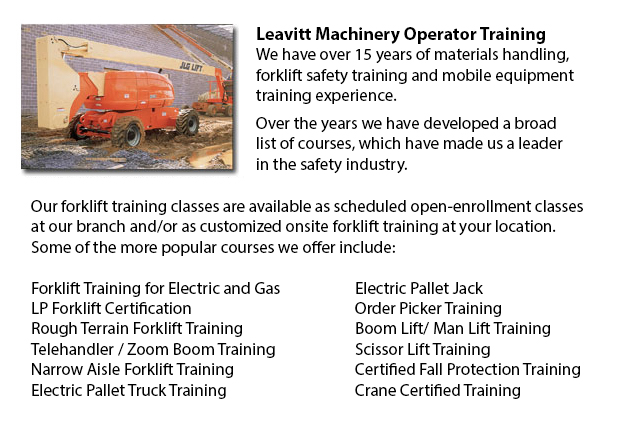
Aerial Boom Lift Ticket Penticton - Aerial platform lifts can accommodate many tasks involving high and tough reaching spaces. Often utilized to perform daily preservation in buildings with elevated ceilings, prune tree branches, raise burdensome shelving units or mend telephone cables. A ladder could also be used for many of the aforementioned projects, although aerial lifts provide more security and strength when properly used.
There are a lot of versions of aerial hoists accessible on the market depending on what the task required involves. Painters sometimes use scissor aerial hoists for instance, which are grouped as mobile scaffolding, handy in painting trim and reaching the 2nd story and higher on buildings. The scissor aerial lifts use criss-cross braces to stretch and enlarge upwards. There is a platform attached to the top of the braces that rises simultaneously as the criss-cross braces lift.
Bucket trucks and cherry pickers are another type of aerial lift. They contain a bucket platform on top of an extended arm. As this arm unfolds, the attached platform rises. Lift trucks use a pronged arm that rises upwards as the handle is moved. Boom lifts have a hydraulic arm that extends outward and raises the platform. All of these aerial hoists have need of special training to operate.
Through the Occupational Safety & Health Association, also labeled OSHA, education programs are offered to help make sure the workers meet occupational standards for safety, machine operation, inspection and upkeep and machine load capacities. Workforce receive certification upon completion of the lessons and only OSHA certified personnel should run aerial hoists. The Occupational Safety & Health Organization has formed guidelines to maintain safety and prevent injury when utilizing aerial lift trucks. Common sense rules such as not utilizing this piece of equipment to give rides and ensuring all tires on aerial lift trucks are braced in order to prevent machine tipping are referred to within the guidelines.
Sadly, figures expose that greater than 20 aerial lift operators pass away each year while operating and just about ten percent of those are commercial painters. The majority of these mishaps were caused by inappropriate tie bracing, hence several of these could have been prevented. Operators should make sure that all wheels are locked and braces as a critical safety precaution to stop the instrument from toppling over.
Marking the encompassing area with obvious markers have to be utilized to protect would-be passers-by in order that they do not come near the lift. What's more, markings should be set at about 10 feet of clearance between any electrical lines and the aerial hoist. Hoist operators must at all times be well harnessed to the hoist when up in the air.
-
Forklift Certification Schools Penticton
Forklift Certification Schools Penticton - In North America, forklift certification is mandatory, making forklift training programs essential for both the business and their employees working as operators of forklifts. Forklift training focuses on sa... More -
Telehandler Training Courses Penticton
Telehandler Training Courses Penticton - The employer has the responsibility to make sure that their personnel are trained to work proficiently utilizing telehandler machinery. The workers have to be assessed for their ability to utilize the machine.... More -
Certified Fall Protection Training in Penticton
There are many injuries at work linked to falling and lots of fall-related deaths reported each and every year. Most of these instances might have been prevented with better training, better precautions in place, and by properly equipping employees b... More -
Zoom Boom Training Penticton
Zoom Boom Training Penticton - Zoom Boom Training is designed to train operators on variable reach forklifts. The objectives of the training are to impart an understanding of the physics of the machine, and to outline the operator's job. This course... More -
Crane Training Schools Penticton
Crane Training Schools Penticton - We have designed various Mobile Crane Operation programs at our Crane Training Schools. These programs are recommended for the experienced operator who needs re-certification or certification, and for inexperienced... More -
Aerial Lift, Boom Lift, Man Lift, Scissor Lift Training in Penticton
Lift tables or also referred to as scissor hoists can lift up both individuals and materials vertically. They are normally utilized in industrial, construction and commercial environments. Normally, the use of a scissor forklift is to lift and lower... More -
Forklift Training Program Penticton
Forklift Training Program Penticton - The forklift is a common powered industrial vehicle which is in wide use nowadays. They are occasionally known as hi los, lift trucks or jitneys. A departments store will utilize the forklift to unload and load m... More -
Overhead Crane Training Penticton
Overhead Crane Training Penticton - An overhead crane is a large crane used to move and lift huge, heavy objects that cannot be lifted by hand. An overhead crane is normally fixed in position while in use. These machines are capable of moving huge vo... More

Forklift Training Penticton
TOLL FREE: 1-888-254-6157
Penticton, British Columbia
forklifttrainingpenticton.com
Email Us
About Us


